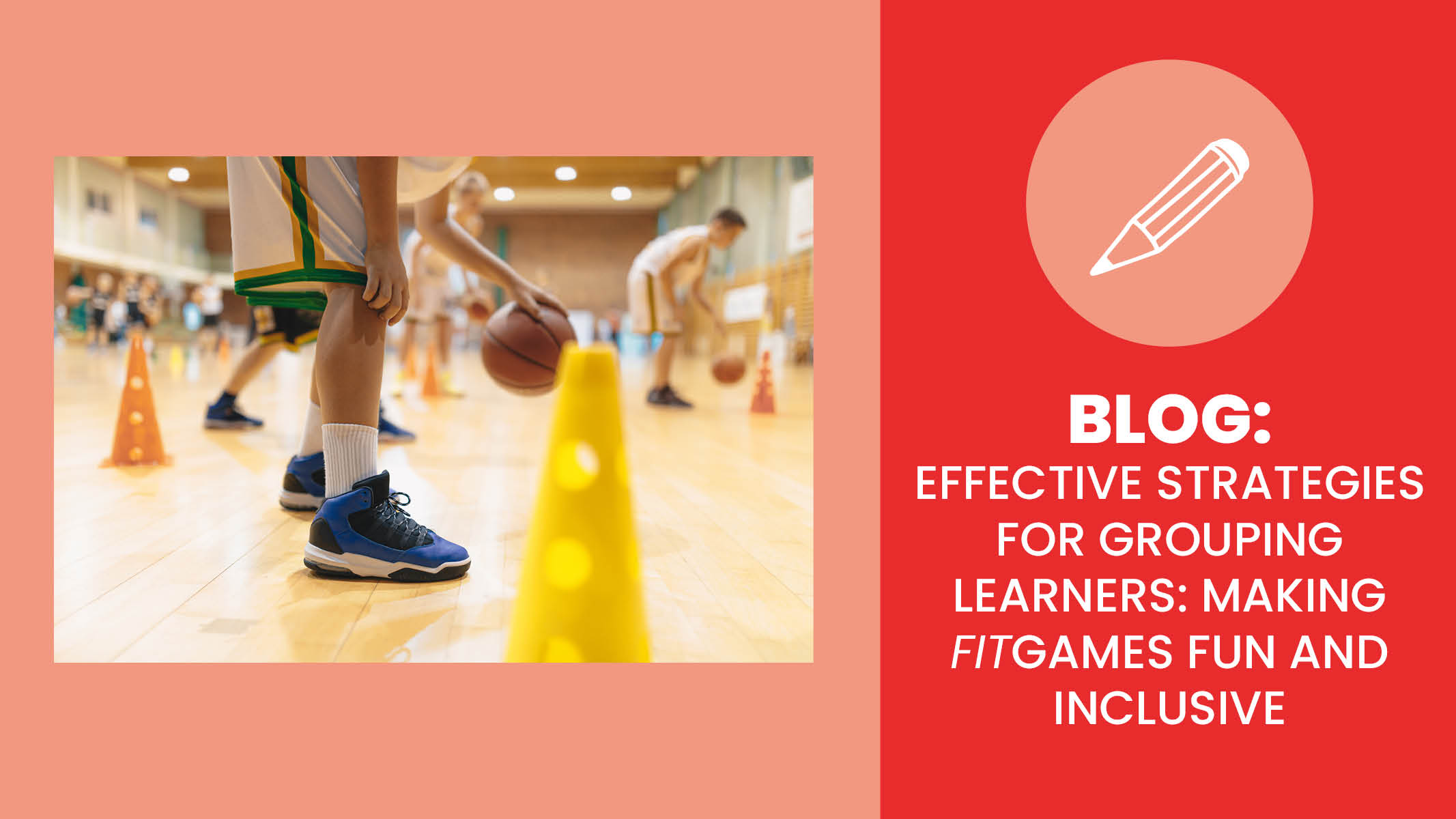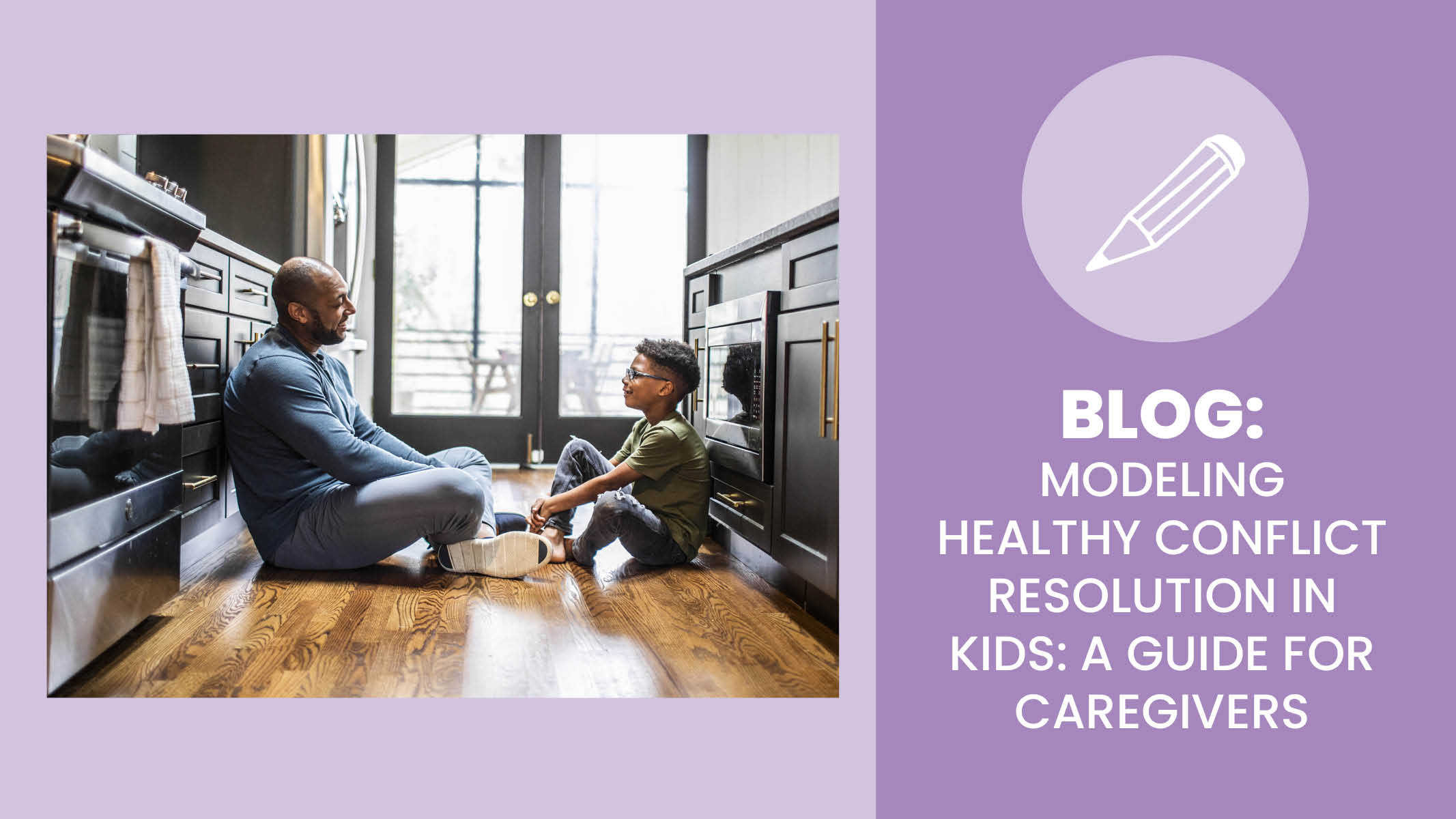Creating a fun and inclusive environment for all learners involves thoughtful planning and adaptation to meet diverse needs. We spoke with Anthony Morando, General Manager of Sports Performance at Sanford Sports to gain insights on why it's important to acknowledge diversity in a PE setting. He explains, "Diversity is important for several reasons. No matter what, the tool that should be used in this situation is empathy. EveryBODY is different, and we must be able to adapt to any gaps whether they are physical or mental." Anthony emphasizes the importance of recognizing that every child is unique. For example, while some kids may be able to jump and land on both legs, others may be unable to jump due to injury, or may lack the motor development necessary for jumping altogether. In terms of adapting games for different age groups, he highlights that, "Development is different at every level, every age. Every age has its own set of motor skills, and cognitive abilities that evolve. Simultaneously, not everyone evolves the same." This insight underscores the need for flexibility and empathy when planning PE activities, ensuring that all students, regardless of their abilities or developmental stage, feel included and supported.
Here's a guide to help you modify our fitGames to help you accommodate varying abilities, from seated exercises to sensory-friendly options and age-appropriate games.
Seated Exercise Adaptations
To ensure all learners can participate and stay active, here are some tips for incorporating seated exercises:
- Strengthening and Teamwork:
For learners with limited mobility or those using wheelchairs, focus on exercises that strengthen arm muscles and improve overall engagement. Incorporate activities like overhead shoulder presses, arm raises, and bicep curls. Adapt stations to replace skipping with arm movements or hand weights, allowing everyone to participate actively. - Inclusive Tagging and Movement:
Transform traditional games by allowing tagging with soft objects and adapting movements to accommodate seated learners. For instance, use arm motions to replicate animal movements — slow for low-intensity animals and fast for high-intensity ones. For our fitGames involving hula hoops, ensure that there is enough space around the hula hoops so learners can navigate the path independently or with assistance from a teammate. - Cooperative Team Dynamics:
Pair learners with non-disabled peers to create cooperative teams. This setup not only supports physical activity but also fosters social interaction. For those who need additional support, such as learners in wheelchairs, consider having a partner push them if both are comfortable. Include exercises for the seated individual to complete even when assisted, ensuring they remain active and engaged. - Interactive and Supportive Gameplay:
Encourage seated learners to participate in catching balls using one hand or a net, catering to those with limited hand mobility. When incorporating this in our fitGames involving tic-tac-toe markers, add a team member to assist wheelchair users in placing markers. This approach ensures every participant feels included and valued in the activity.
Sensory Adaptations
To support learners who might find sensory experiences overwhelming, consider these adaptations:
- Calming Atmosphere:
To create a soothing environment, keep background music quiet and calming, using nature sounds or soft instrumental tunes. Ensure the volume is comfortable to prevent overstimulation. Use sensory-friendly objects like textured balls, soft mats, and squishy stress balls to help learners navigate activities more comfortably. - Visual and Sensory Supports:
Incorporate visual cues to make instructions clear, such as pictures for different options and color-coded cards for game activities. Provide tactile objects at stations to engage different senses and offer sensory breaks to manage overload. For instance, use flags or bandanas for tagging in place of physical contact and allow sensory breaks after each tag. - Flexible Participation:
Allow learners to choose their roles and participate in smaller groups to reduce feelings of being overwhelmed. If a group setting is too much, let them join or form smaller groups where they feel more comfortable. For non-competitive games, consider activities where learners mirror each other’s movements, which removes the pressure of competition. - Adaptive Activities:
Adapt activities to suit different sensory needs and preferences. For example, use simple, low-intensity movements for learners who might be overwhelmed by fast-paced games. Allow learners to pick their preferred station or activity and use structured social scripts or visual supports to facilitate communication and interaction. - Supportive Environment:
Encourage learners to work in pairs or small groups for added support and provide options for simpler greetings, like waving or giving a thumbs up. Offer individual outlets, such as sensory stress balls, for those who may need a break from group activities. Use high-contrast colors for markers and provide verbal cues to guide learners effectively.
By incorporating these sensory adaptations, you create an inclusive PE environment that supports all learners’ needs, ensuring everyone can participate and enjoy the activities.
Activities for Different Age Groups
For K-2 Learners:
- Simplified Concepts and Movements:
For K2 learners, focus on simple definitions and group similar concepts together to avoid overwhelming them with too much information. Use basic locomotor movements such as jumping, skipping, or hopping when transitioning between fitGames stations like those with hula hoops. Demonstrate and rehearse these movements to help learners understand and practice each skill before starting the activity. - Easy-to-Manage Activities:
Choose simple exercises for the “garden” area in our Fuel Tag fitGame once learners are tagged, like jumping jacks or arm raises. If more complex movements like sideways shuffling are too challenging, direct learners to jog around the place marker instead. Make the hopping path shorter and simplify the distance to game areas, like in our It’s Kind-Tac-Toe fitGame involving a Tic-Tac-Toe board, to make activities easier for everyone. - Clear and Simple Instructions:
Use larger cards and position partners closer together at each station to make it easier for learners to hit and cover up the healthy choice card. Assign a single exercise to each station to avoid confusion and ensure that learners can complete a full rotation through all the stations before switching to new exercises. - Manageable Game Settings:
To keep attention and energy levels in check, shorten activity rounds and include breaks to prevent fatigue. Create safe zones where learners can rest briefly before continuing. Simplify game choices by allowing learners to signal with a thumbs up or down rather than performing complex actions and adjust the size of the tagging area to keep learners within a manageable distance from the place markers.
For 3-5K Learners:
- Dynamic Activity Setup:
For 3-5K learners, create a dynamic environment by setting up an obstacle course that learners navigate to reach each action zone. Incorporate a variety of complex locomotor movements such as galloping, leaping, and sideways sliding when transitioning between stations like in the fitGames utilizing hula hoops. To increase the challenge, expand the size of the activity and playing areas, making it more exciting and engaging for the learners. - Complex and Engaging Exercises:
Introduce more complex exercises in the “garden” area in our Fuel Tag fitGame, such as burpees, mountain climbers, and one-foot hops over a line, to keep learners engaged and motivated. Similarly, add complexity to station activities by including exercises like step-ups, push-ups, and burpees. Incorporate sections where learners switch to one-foot hops to enhance coordination and strength. - Challenging Gameplay:
Increase the challenge in games by adding more taggers and creating obstacles that learners must navigate around while moving between stations or crossing the playing field. Add power-ups, like a free pass for players who cross the ocean a certain number of times in our Boost Your Brain Power fitGame without being tagged, to bring more strategy and excitement. - Interactive and Strategic Elements:
To make games more engaging, merge two simultaneous games into one intersecting layout, allowing learners to choose their path at the intersection point. This adds a layer of strategy and decision-making. Additionally, make the game more challenging by using smaller cards and requiring partners to stand further apart at each station, or incorporating more complex movements in our fitGames that require racing to the tic-tac-toe board. - Checkpoint Challenges:
Set up checkpoints where learners must complete assigned exercises to pass through, ensuring continuous movement and activity. By combining these elements, you create an engaging and challenging PE experience that keeps learners motivated and active.
By integrating these strategies, you can create a dynamic and inclusive environment where all learners feel supported and engaged. Whether adapting exercises, modifying sensory inputs, or tailoring activities to different age groups, the goal is to foster a positive and accessible experience for every learner.
Ready for more? You might also like:
Effective Strategies for Grouping Learners: Making fitGames Fun and Inclusive


